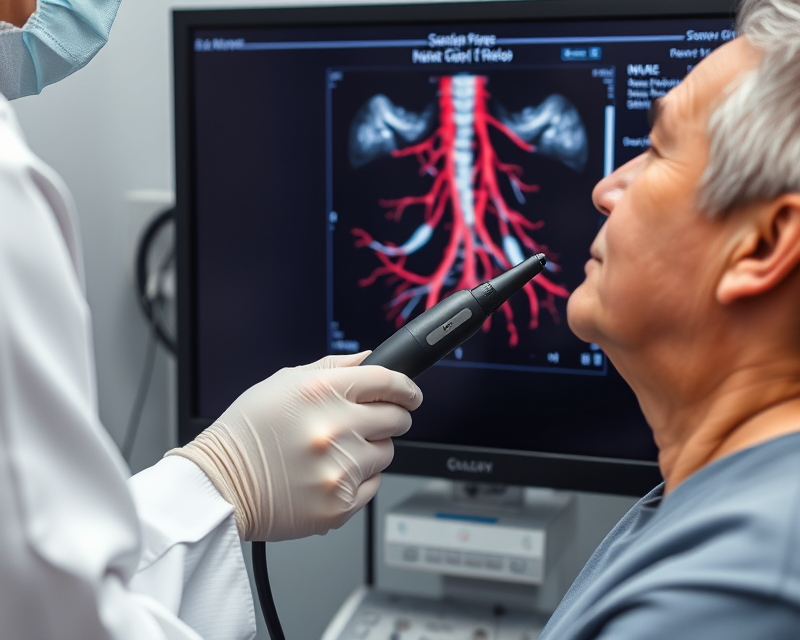When a patient experiences muscle atrophy in the knees, the first step is to identify the cause of the muscle atrophy. The patient needs to undergo electromyography (EMG) tests of both lower limbs and nerve conduction velocity tests of both lower limbs to check if there is peripheral neuropathy. Additionally, the patient should also consider whether the muscle atrophy is caused by trauma or other factors, and then receive treatment targeted at the underlying cause.
If the muscle atrophy is caused by peripheral nerve damage, it is recommended that the patient visit the neurology department for treatment to nourish the nerves, improve the nerve's blood circulation, and restore nerve function.

Moreover, the patient must pay attention to their diet. They should avoid eating spicy and irritating foods and refrain from drinking alcohol because both of these can exacerbate the symptoms of peripheral neuritis.

